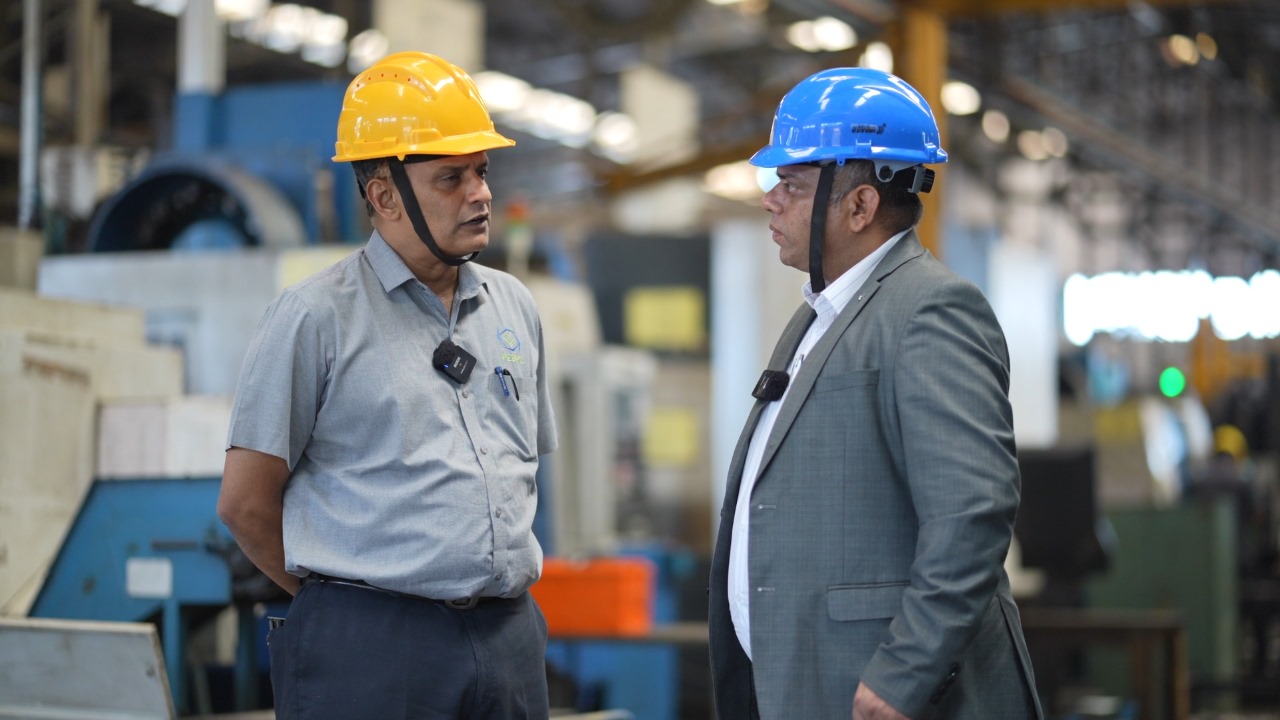The Role of Technology in Ensuring Safety and Productivity

In today’s fast-paced and technology-driven world, safety and productivity are two key elements that go hand in hand. Employers in various industries are always looking for ways to improve safety measures while simultaneously enhancing productivity levels. Fortunately, technology has played a significant role in ensuring safety and boosting productivity levels in the workplace. From automated equipment and machine learning algorithms to remote monitoring systems and mobile applications, technology has revolutionized the way we work and made it safer and more efficient.
The benefits of both safety and productivity are numerous. Improved safety measures lead to fewer accidents, injuries, and fatalities in the workplace, which not only benefits employees but also the employer, as it reduces the number of workers’ compensation claims and potential lawsuits. Increased productivity levels, on the other hand, lead to higher profits, improved customer satisfaction, and a better reputation for the business. Therefore, it is essential to understand the role of technology in ensuring safety and productivity in the workplace.
Automation of Dangerous Tasks for Increased Safety
One of the most significant ways technology has improved safety is by automating dangerous and hazardous tasks. For instance, in the manufacturing industry, heavy machinery and dangerous equipment are commonly used to produce goods. In the past, these machines required human operators who were exposed to risks such as crushing, electrocution, and amputation. However, with the advancement of technology, these machines are now automated, and operators are no longer required to be in close proximity to them, significantly reducing the risk of accidents.
Increased Safety Measures through Technology
Furthermore, many machines now come equipped with sensors that detect potential safety hazards, such as overheating or malfunctioning. These sensors alert operators or technicians in real-time, allowing them to take immediate action to prevent accidents from occurring. Additionally, some machines have features such as automatic shut-off systems, emergency stop buttons, and safety barriers that can prevent or minimize the severity of accidents.
Increased Productivity through Technology
In addition to the safety benefits of technology, it has also played a significant role in increasing productivity levels in the workplace. For instance, automation of repetitive tasks and processes has significantly reduced the time and resources required to complete them manually. Automated machines can produce goods faster and more efficiently, reducing lead times and increasing output. This increased productivity ultimately leads to higher profits, which can be invested in further improving safety measures and technology.
Machine Learning Algorithms and Remote Monitoring
Another way technology has increased productivity is through the use of machine learning algorithms. These algorithms can analyze large amounts of data and provide insights that can improve business operations. For example, predictive maintenance algorithms can predict when a machine will break down, allowing technicians to perform maintenance before it fails. This reduces downtime and prevents the loss of productivity that occurs when machines break down unexpectedly. Similarly, machine learning algorithms can optimize production schedules, reducing waste and increasing efficiency.
Remote monitoring systems are another technology that has revolutionized the way we work. These systems allow employers to monitor the performance of their employees and equipment remotely, providing real-time feedback and insights that can help improve productivity and safety. For instance, remote monitoring systems can alert employers when an employee is operating machinery unsafely or if a machine is being used outside of its operating parameters. This allows employers to intervene quickly and prevent accidents from occurring.
Mobile Applications in the Workplace
Mobile applications are also becoming increasingly popular in the workplace. These apps can provide employees with instant access to safety protocols, training materials, and equipment manuals. This ensures that employees are always up-to-date on the latest safety measures and can operate equipment safely and efficiently. Additionally, mobile apps can allow employees to communicate with each other and with supervisors, ensuring that everyone is on the same page and reducing the likelihood of miscommunications or errors.
Technology as a Tool for Human Worker

While technology has played a significant role in ensuring safety and productivity in the workplace, it is important to remember that it is not a replacement for human workers. Technology should be viewed as a tool that can be used to enhance the skills and abilities of employees and make their work easier and safer. Therefore, it is essential that employees receive proper training on how to operate and interact with technology to ensure that they are using it safely and effectively.
Maintenance and Upgrades of Technology
Moreover, it is also essential to ensure that technology is regularly maintained and updated. Outdated technology can pose safety risks, as well as reduce productivity levels. For instance, outdated software can be vulnerable to cyber attacks, which can compromise sensitive data and disrupt business operations. Therefore, employers should invest in regular maintenance and upgrades of their technology to ensure that it is functioning optimally and that it meets the latest safety and security standards.
Cost of Implementation
Another challenge that employers face when it comes to technology is the cost of implementation. While the benefits of technology are clear, the cost of purchasing and implementing new technology can be significant. However, it is important to consider the long-term benefits that technology can bring in terms of safety and productivity. For instance, the cost of automating dangerous tasks may seem high initially, but the long-term benefits in terms of reduced accidents and increased productivity can be significant.
Final Thoughts
Technology has played a significant role in ensuring safety and productivity in the workplace. Automated equipment, machine learning algorithms, remote monitoring systems, and mobile applications are just a few examples of how technology has revolutionized the way we work. The benefits of technology in terms of safety and productivity are clear, and employers should invest in technology to improve both.




